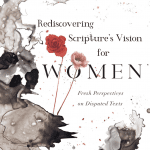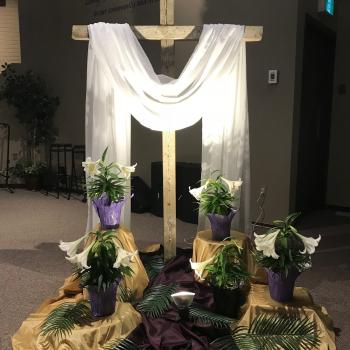 It’s the first rule of writing: show, don’t tell. Literature is littered with metaphors, similes, and analogies. These descriptive tools create mental images that communicate an intangible concept. Good storytellers know how to paint an idea onto the canvas of a reader’s imagination. They don’t even have to write them down; in some cultures, stories and traditions are passed down orally.
It’s the first rule of writing: show, don’t tell. Literature is littered with metaphors, similes, and analogies. These descriptive tools create mental images that communicate an intangible concept. Good storytellers know how to paint an idea onto the canvas of a reader’s imagination. They don’t even have to write them down; in some cultures, stories and traditions are passed down orally.
In the Sermon on the Mount, the Word of God brought a word. Specifically, he painted word pictures. With undeniable skill and insight into the human psyche, Jesus taught truth through story.
The Old Testament
The Hebrew Scriptures abound with both oral and written story. Much of it is poetic, harnessing the power of literary devices to imprint an image in the mind of the hearer. When the patriarch Jacob is dying, he blesses each of his sons: “Judah is a lion’s cub. . . Issachar is a strong donkey. . . Dan shall be a serpent on the way” (Genesis 49:9, 14, 17). These vivid descriptors animated the main characteristics of each son and his tribe, giving each of them a visual picture of their dominant qualities.
David extols his Lord in Psalm 23, “The Lord is my shepherd, I shall not want” (v. 1). And in Psalm 42 he compared his desire for God to a deer panting for streams of water.
The prophets colored their judgments with dramatic imagery: “Blessed is the man who trusts in the LORD, whose trust is in the LORD. For he is like a tree planted by water, that sends out its roots by the stream” (Jeremiah 17:7–8).
Speaking of the nation of Israel, God told Isaiah: “And now I will tell you what I will do to my vineyard: I will remove its hedge and it shall be devoured; I will break down its wall and it shall be trampled down” (5:5).












